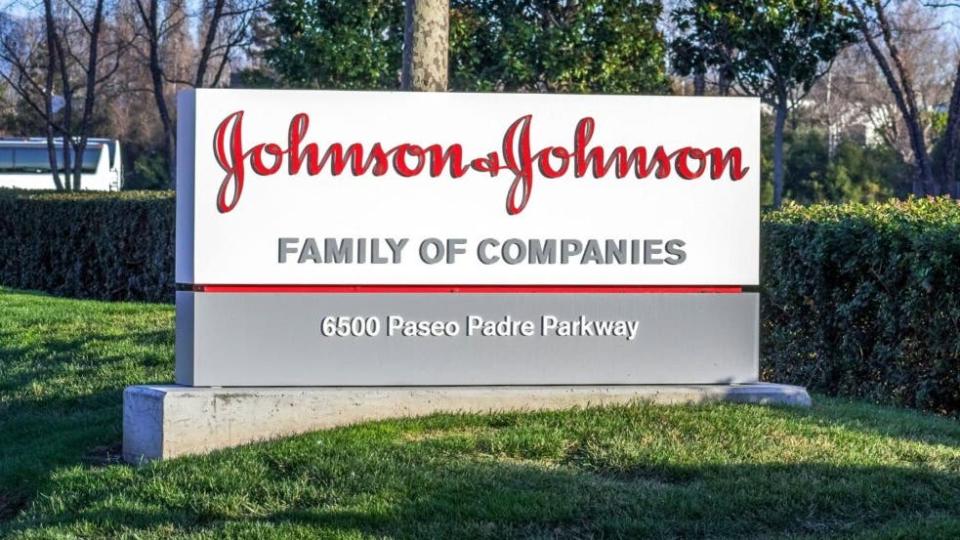Medicare Costs For Johnson & Johnson's Psoriasis Drug Stelara Double When Obtained at Pharmacies

Medicare and its beneficiaries are paying significantly more for Stelara, Johnson & Johnson’s (NYSE:JNJ) popular biologic drug used to treat autoimmune diseases when obtained through pharmacies rather than administered in physician offices.
Stelara is approved for treating psoriasis, psoriatic arthritis, Crohn’s disease, and ulcerative colitis.
According to a recent analysis by the Office of Inspector General (OIG) of the Department of Health and Human Services (HHS), this price discrepancy is primarily due to differing payment determination methods.
Subcutaneous (under-the-skin) versions of Stelara are typically self-injected and covered under Medicare Part D.
Before 2023, Part B also covered subcutaneous versions of Stelara when a physician administered the injection; however, Medicare Administrative Contractors (MACs) now exclude Stelara injections under a policy designed to omit self-administered drugs from Part B coverage.
Medicare and its enrollees incurred significantly higher costs when Stelara injections were covered under Part D, where patients self-administer the drug, compared to when the injections were administered by a physician and covered under Part B.
Due to recent coverage changes, enrollees who previously received Stelara injections in their doctors’ offices under Part B must now obtain the medication through a pharmacy under Part D, which could lead to significantly higher out-of-pocket costs.
The OIG report highlighted that over the past several years, Medicare expenditures for Stelara have increased almost tenfold, from $300 million in 2016 to almost $3 billion in 2023.
The report adds that from 2016 through 2021, the average Part B cost of Stelara (based on manufacturer-submitted sales data) remained relatively steady, fluctuating between approximately $14,400 and $15,500 for a typical 90 mg injection.
During that same period, the average Part D cost (based on negotiations between Part D plans, pharmacy benefit managers, manufacturers, and pharmacies) for a single Stelara injection continually increased, rising from $17,700 to $25,900.
As a result, in 2021, Medicare paid 80% more, on average, for the same drug used to treat the same conditions when it was obtained under Part D (i.e., through a pharmacy) instead of Part B (i.e., administered in a physician’s office).
Furthermore, depending on the condition being treated, patients require four to six maintenance doses of Stelara each year. These higher per-injection costs caused Medicare to pay tens of thousands of dollars in additional annual costs for every enrollee who received Stelara under Part D.
The substantial cost increase is primarily attributed to the Medicare Part D program, which allows beneficiaries to obtain their medications through pharmacies.
Price Action: JNJ stock is down 0.64% at $159.60 at the last check on Monday.
Read Next:
Photo via Shutterstock
"ACTIVE INVESTORS' SECRET WEAPON" Supercharge Your Stock Market Game with the #1 "news & everything else" trading tool: Benzinga Pro - Click here to start Your 14-Day Trial Now!
Get the latest stock analysis from Benzinga?
This article Medicare Costs For Johnson & Johnson's Psoriasis Drug Stelara Double When Obtained at Pharmacies originally appeared on Benzinga.com
© 2024 Benzinga.com. Benzinga does not provide investment advice. All rights reserved.